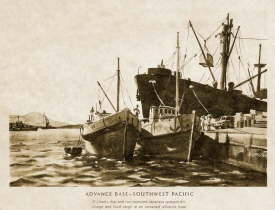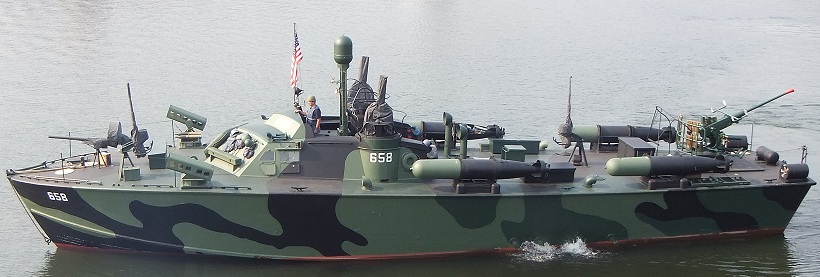One of the important things to know about General Douglas MacArthur was that almost nothing said or written about him can be trusted without extensive research to validate its truthfulness. There were a lot of reasons for this. Bureaucratic infighting inside the US Army, inside the War Department, and between the War and Naval Departments all played a role from MacArthur’s attaining flag rank in World War 1 (WW1) through his firing by President Truman during the Korean War. His overwhelming need to create what amounts to a cult of personality around himself was another. However, the biggest reason for this research problem was that, if the Clinton era political concept of “The Politics of Personal Destruction” had been around in the 1930’s-thru-1950’s, General Douglas MacArthur’s face would have been its poster boy. Everything the man did was personal, and that made everything everyone else did in opposition to him, “personal” to them. Thus followed rounds of name calling, selective reporting and political partisanship that have utterly polluted the historical record and requires research over decades to untangle.
Case in point is the aftermath of the Sandakan Death March, where the Australian Army and in particular it’s commander General (eventually Field Marshal) Sir Thomas Blamey, blamed MacArthur for the cancellation of “Project Kingfisher” rescue mission and by extension the deaths of those POW’s.
To understand these charges against MacArthur requires a little back ground. Sandakan was a Japanese prisoner of war camp in Northern Borneo that took 2345 British and Australian prisoners captured in Singapore in Feb. 1942. These Australian and British POWs were shipped to North Borneo in order to construct a military airstrip as well as their POW camp. “Project Kingfisher” was a daring plan in late 1944 by which an the First Australian Parachute Battalion would have rescued the 1900 or so British and Australian POW left alive there in January 1945.
Unfortunately, due to combination of official indifference in both Australian high command and intelligence circles, plus disputes with MacArthur’s Headquarters over whether Australian plans to drop the 1st Parachute Battalion were either realistic or had enough resources, PROJECT KINGFISHER never got off the ground. It was finally and officially cancelled in March 1945. The failure to free these POW resulted in a series of Japanese death marches in January and May 1945 for which there were only six Australian survivors by August 1945.



